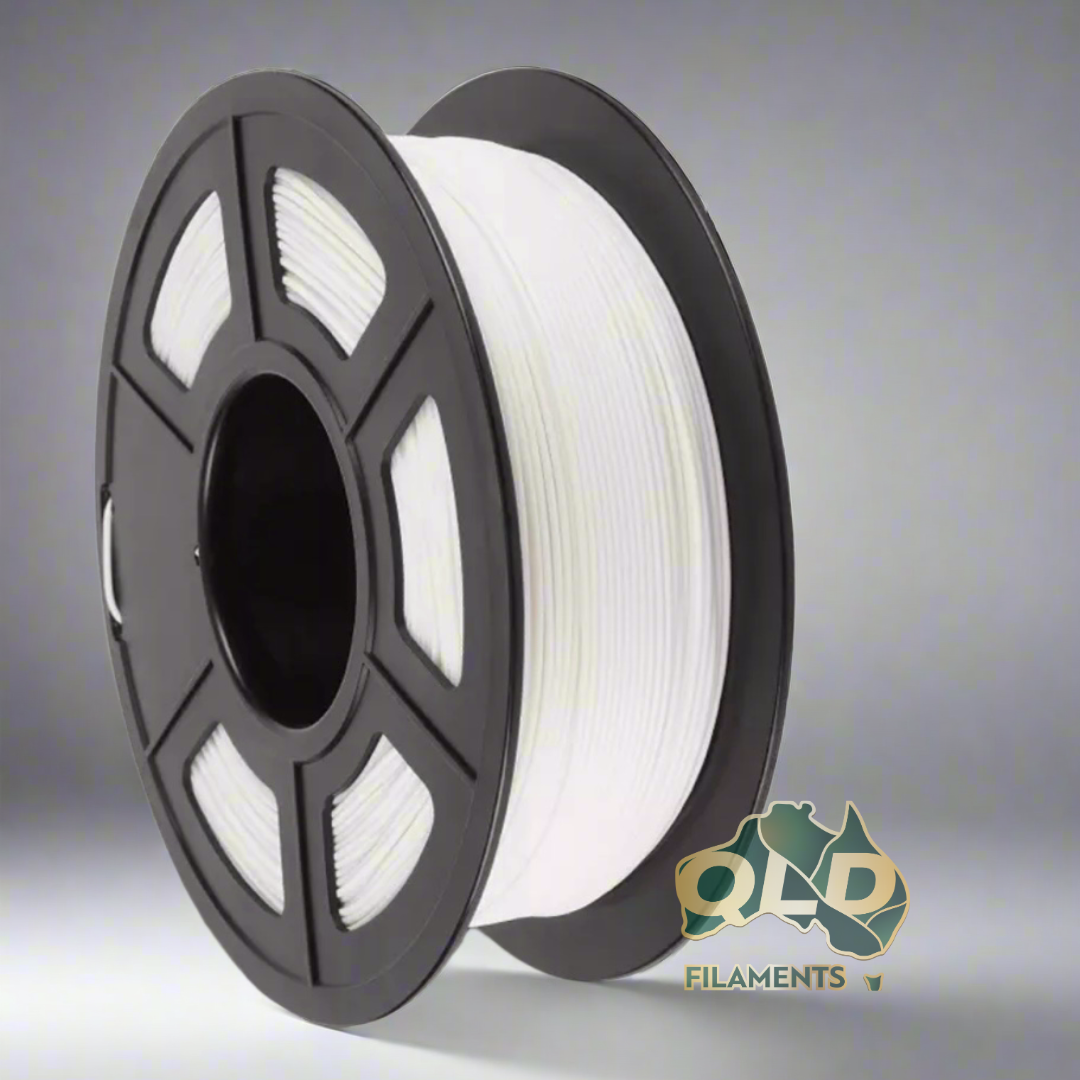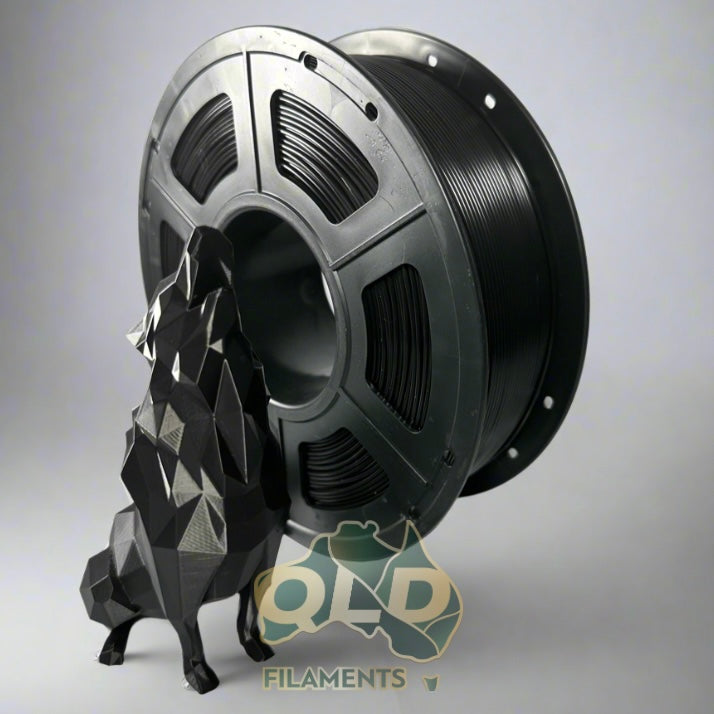Filament Types
View all-

PLA (Polylactic Acid)
What Is PLA Filament? Polylactic Acid (PLA) is one of the world’s...
-

PETG- Food Safe (Polyethylene Terephthalate Glycol)
Premium PETG Filament – Strength Meets Clarity Take your 3D prints to...
-

TPU (Thermoplastic Polyurethane)
TPU Flexible Filament – Bend Without Breaking Strength Meets Flexibility Experience next-level...
-

 Sale
Sale -

 Sale
SaleSunny Orange - PLA+
Regular price $24.95Regular priceUnit price / per$28.00Sale price $24.95Sale
Collection: PLA (Polylactic Acid)
What Is PLA Filament?
Polylactic Acid (PLA) is one of the world’s most popular 3D-printing materials — a biodegradable thermoplastic made from renewable plants like corn starch and sugarcane. It’s known for its eco-friendly nature, high print quality, and ease of use, making it perfect for beginners, schools, and professionals alike.
Why Choose QLD Filaments PLA?
Eco-Friendly: Made from renewable resources and fully biodegradable.
Easy to Print: Low printing temperature (180–220 °C) with minimal warping.
Premium Finish: Smooth surfaces and vibrant colour range for a professional look.
Versatile: Perfect for prototypes, art, education, and consumer goods.
Cost-Effective: High quality without the high price.
Odourless & Safe: No harsh fumes — ideal for home and classroom environments.
When to Use PLA
| Application | Why It’s Ideal |
|---|---|
| Prototyping | Easy to print and detailed surface quality |
| Education | Safe, reliable, and perfect for learning |
| Art & Design | Produces beautiful, detailed finishes |
| Packaging | Biodegradable & Durable |
| Everyday Items | Durable enough for home and hobby prints |
Things to Know
While PLA offers outstanding quality and sustainability, it’s less heat-resistant and more rigid than PETG or ABS. Avoid leaving prints in hot cars or direct sunlight.
QLD Filaments PLA — Australian-made quality you can trust.
Eco-friendly. Reliable. Affordable.








